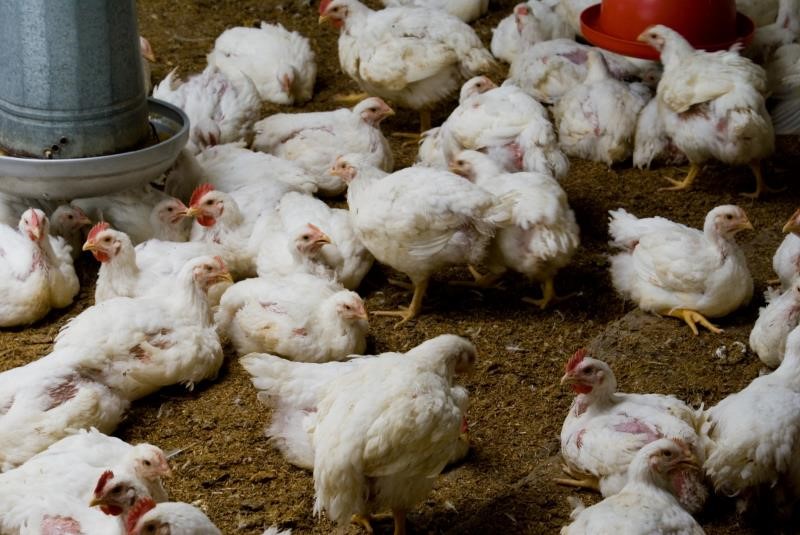I recently took part in one of Defra’s ELMs net zero workshops, which I heard about via the NFU. The objective of the workshop was to lay out potential pathways to achieving net zero by identifying actions to reduce emissions, enhance sequestration and protect existing stored carbon. As part of the workshop we looked at how to use some of the readily available carbon calculators to support decision making and understand where the key targets and biggest opportunities for emission reduction are on our farms.
Read more: Initial findings from the NFU's ELMs Net Zero Test and Trial
Calculating our carbon footprint
I felt quietly confident going into the workshop given the existing business model of our mixed farm, comprising 231,500 broilers and 101ha of arable land. A third of our electric is generated on-site through solar panels and our heating is supplied by biomass. We favour min-till and spring cropping. We add home grown wheat to the ration and use our own straw for enrichment bales. We also use our own supplies of poultry manure as fertiliser. We must be close to net zero, surely?
The results of the carbon calculator came as a surprise to me; we are a long way from achieving net zero. Another surprise came when I broke down the farm’s emissions by source. A staggering 94% of the emissions came from purchased feed.
This made me think. Perhaps the environmentalists are right, and it is not sustainable to use so much land to produce soya, particularly at the expense of the rainforests. But what are the alternatives?
Alternatives to soya for feed
Home grown protein in the form of pulses is a great start but our demands for readily available protein far outstrip current UK production and the protein levels are also much reduced compared to soya. This doesn’t seem to be the immediate solution.
There is also a great deal of research going into insect protein, but this is not yet a viable alternative to soya used in a commercial ration today. Although I believe insect protein may be an option in the future, we need to address soya usage with some urgency if we hope to achieve our net zero ambitions.
However, there is another alternative, albeit an alternative that the industry has spent the best part of three decades distancing itself from. This is processed animal proteins (PAP), otherwise known as meat and bone meal. Is it time we reopened the debate on its use as an alternative to soya? Surely at a time when our environmental impact is so heavily scrutinised, taking a waste product and turning it into something that has the potential to halt the destruction of the rainforest must be a good thing.
It is certainly something that our European neighbours are considering, with the EU Commission having already published draft legislation to reintroduce PAP into pig and poultry rations. If passed by the European Parliament and Council, EU farmers can legally begin feeding PAP in less than three months' time.
The use of PAP is something that was championed by NFU poultry board member Jonty Hay at this year’s virtual Pig and Poultry Fair.
He said: “We need to have meat and bone meal… birds are omnivores, they need high levels of protein in their diet. It improves gut health and so follows all the welfare standards that people want in their higher welfare chicken… We need to be brave and look again, it seems such a win-win.”
It is unlikely that a switch to PAP would happen overnight given that its use is currently illegal in the UK but we need to start discussing this seriously. Also, as it is a change that the consumer and government will need to support, in order for it to be successful we need to start talking now. Not just for the benefit of today’s farmers, but for the planet itself.
